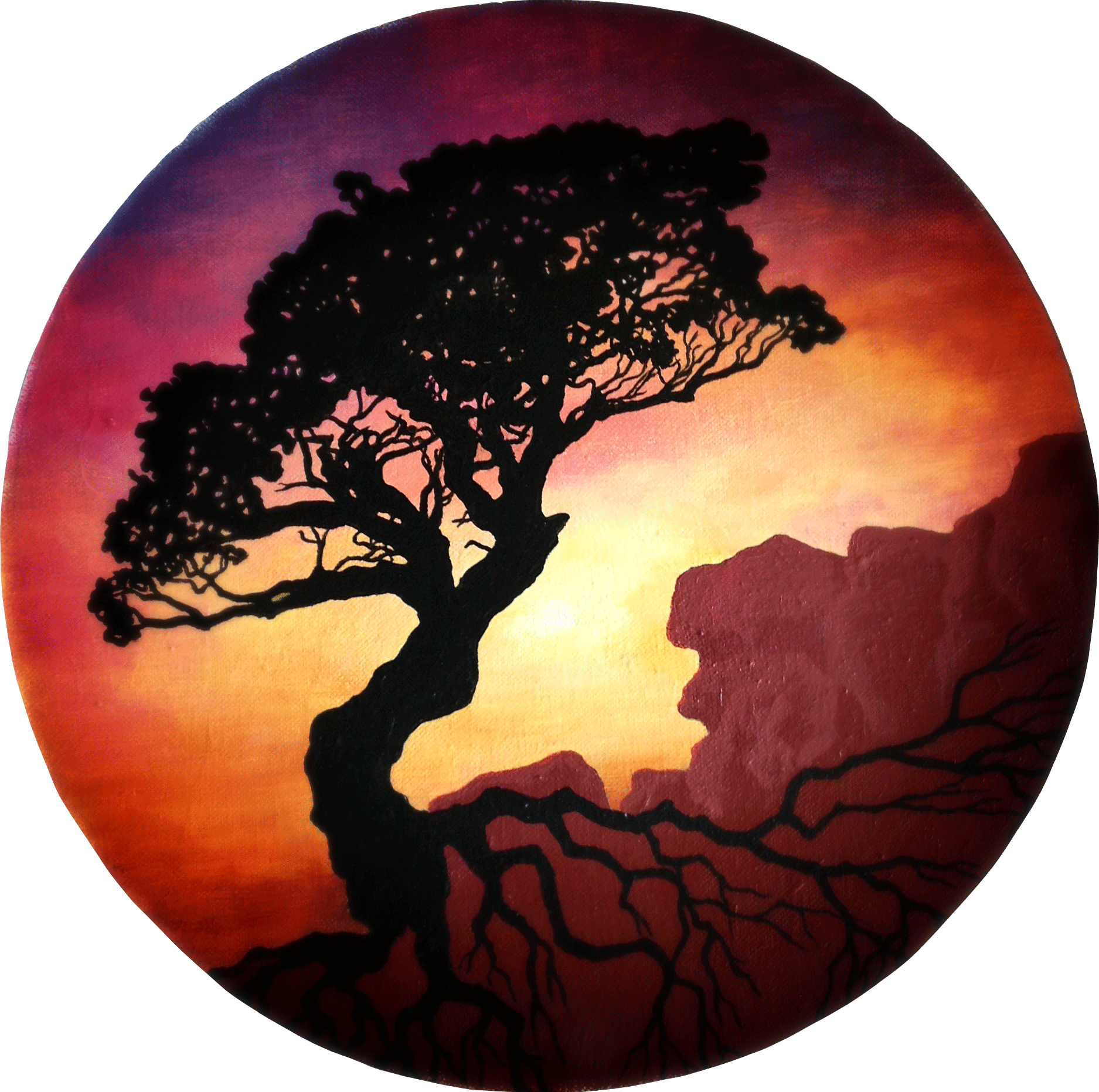
Substance Abuse and Dual Diagnosis
I specialise in the treatment of drug and alcohol abuse, as well as dual diagnosis. If you are seeking support for these issues, you may wish to see me for treatment from a harm reduction framework.
What are considered substances?
Substances include both legal (e.g. pharmaceuticals, tobacco, alcohol, caffeine) and illegal (e.g. marijuana, heroin, methamphetamines, cocaine, ecstasy, etc.) drugs. Classes of substances include: depressants, stimulants, hallucinogens, and opiates or opioids. The effects of substance use is dependent upon the individual's genetic or biological makeup, current physiological and psychological state, the source, quality, quantity, and strength of the substance, as well as the method in which the substance is used.
How do I know if I have a problem with drugs or alcohol?
Problems with drug or alcohol use are usually evident when using begins to interfere in your daily functioning, particularly in the areas of work, school, relationships, and personal health. Engaging in high-risk activities or involvement in legal issues related to drug or alcohol use are also indicators that using has become a problem.
Occasional use may gradually lead to addiction, and we may find ourselves leading inauthentic lives, straying from our core values. We may find ourselves becoming defensive towards others' suggestions that we may have a problem, and start to shut those people out so that we may maintain our using without judgment. To avoid total isolation, we may surround ourselves with others who also use. These, among other factors, make it challenging to stop the cycle of drug or alcohol abuse, and often times treatment is a matter of improving upon these factors so that the using behaviours may be reduced and/or eliminated.
What is dual diagnosis?
Dual diagnosis is the condition of living with a mental illness combined with substance abuse behaviour. This is a challenging diagnosis as the drug use can provoke mental health symptoms; likewise, mental health symptoms can make drug use enticing, particularly if the drug is used to manage the symptoms. For these reasons, there is a high degree of relapse amongst dual diagnosis populations.
How can you help me?
I utilise a harm reduction framework. Harm reduction (also known as harm minimisation) is an effective, non-judgmental treatment approach for any risk behaviour including substance abuse. It is also highly effective with dual diagnosis cases.
Harm reduction aims to reduce the harms and negative consequences associated with substance abuse - including, but not limited to health factors, relationship breakdowns, job loss, school drop-out, engaging in high-risk activities (e.g. promiscuity, sharing needles, drunk driving), financial costs, legal implications, and accidental overdose - so you may lead a richer and healthier life.
In a non-judgmental, non-coercive environment, you may opt for harm reduction and/or abstinence-based treatment plans. I also offer a Dialectical Behaviour Therapy (DBT) skills program to individuals - a mindfulness-based therapy that is designed to treat self-destructive behaviours and is most effective in conjunction with individual therapy. Acceptance and Commitment Therapy (ACT). Ego State Therapy, and Animal Assisted Psychotherapy (AAP) are other effective treatment approaches that may be integrated into a therapeutic framework that is tailored uniquely for every individual.I meet you at whatever stage of change you are at and collaborate with you to make effective and realistic goals that meet your individualised needs.
Mindfulness exercise for cravings: "Urge surfing"
Some urges are too strong to ignore. If this happens, you can choose to stay with the urge until it passes. Like waves, urges start small, grow to a peak, and then subside. There are three basic steps that involve some mindfulness techniques:
-
Take an inventory of how you experience the craving. Sit in a comfortable chair with your feel flat on the floor and your hands in a comfortable position. Take a few deep breaths and focus your attention inward. Allow your attention to wander through your body. Notice where in your body you experience the craving and what the sensations are like. Notice each area where you experience the craving and tell yourself what you are expecting.
-
Focus on one area where you are experiencing the urge. Notice the sensations in that area, for example, heat, cold, tingling, numbness. Are your muscles tense or relaxed? Notice the sensations and describe them to yourself, e.g. “…my mouth feels dry and parched, there’s tension in my neck. I keep swallowing.”
-
Repeat the focus on each part of your body that experiences the craving. Notice how the urge comes and goes. Many people notice that after a few minutes the craving has vanished. The purpose of this exercise, however, is not to make the craving go away but to experience the craving in a new way. If you practice, you will become familiar with your cravings and learn how to ride them out until they go away naturally.
Recommended substance abuse and dual diagnosis resources (click on the link below):
Substance abuse and mental health
Talking about drugs: Alcohol and Drug Foundation
